Letter of accomplishment template
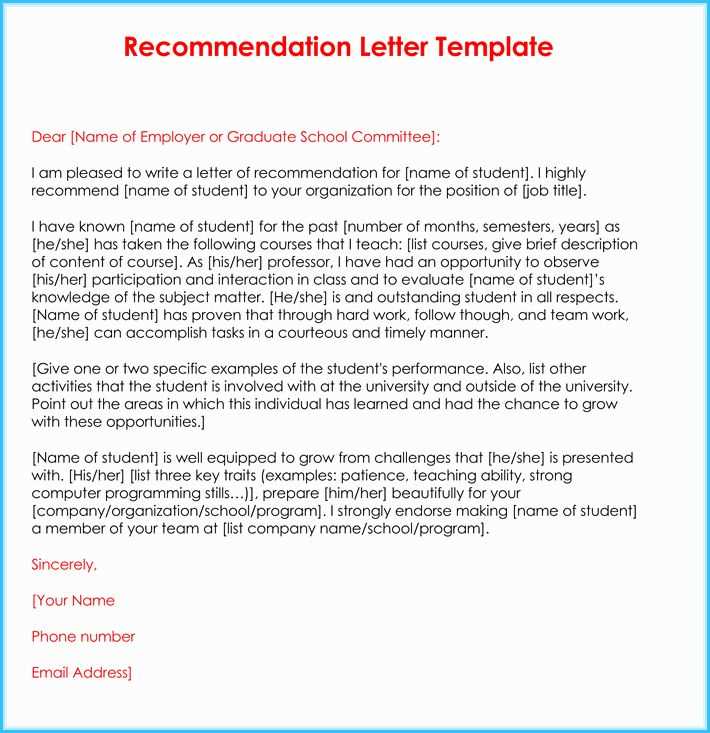
Creating a letter of accomplishment can be a powerful way to formally recognize achievements and milestones. Whether you’re acknowledging a completed project, skill mastery, or an educational achievement, this template ensures the message is clear and professional.
Start by addressing the recipient with a polite greeting and stating the purpose of the letter. Highlight the accomplishment in clear, direct terms, emphasizing the significance of the achievement and the impact it has had. Be specific about the goals reached and the skills or expertise demonstrated.
In the closing, express appreciation and encourage continued growth. Use a polite sign-off that reinforces the positive nature of the communication, leaving the recipient with a sense of accomplishment and motivation.
Here’s the corrected version:
Focus on clarity and structure when drafting a letter of accomplishment. Be sure to state the purpose of the letter immediately, followed by specific achievements or skills demonstrated. Organize the content logically–start with a brief introduction, followed by key points, and end with a summary or forward-looking statement.
Highlight Key Accomplishments
Clearly list the individual’s achievements in bullet points or a short paragraph format. Avoid vague language; instead, quantify results whenever possible, like “increased sales by 20%” or “completed project X ahead of schedule.” This makes the letter more impactful and precise.
Keep the Tone Professional
Even though the letter is personal in nature, maintain professionalism throughout. Avoid overly casual expressions, but don’t make it sound too formal or stiff either. Strike a balance by using respectful and encouraging language that acknowledges the person’s efforts without exaggeration.
- Letter of Accomplishment Template
A well-structured letter of accomplishment highlights key achievements in a concise manner. Here’s a basic template to guide you:
Template
[Your Name]
[Your Address]
[City, State, ZIP Code]
[Email Address]
[Phone Number]
[Date]
[Recipient’s Name]
[Recipient’s Title]
[Company Name]
[Company Address]
[City, State, ZIP Code]
Dear [Recipient’s Name],
I am writing to formally acknowledge and document [describe the specific accomplishment or project]. This accomplishment reflects the hard work, commitment, and collaborative efforts that have contributed to its successful completion.
The key aspects of the achievement include:
- [Key Point #1]: [Brief description of the task or accomplishment].
- [Key Point #2]: [Brief description of the task or accomplishment].
- [Key Point #3]: [Brief description of the task or accomplishment].
This milestone serves as a clear example of [the skills/values the accomplishment represents]. I am proud of the outcome and look forward to continuing to contribute to future projects.
Thank you for your continued support and guidance.
Sincerely,
[Your Name]
Tips for Personalizing Your Letter
Make sure to adjust the details to suit the specific situation. For instance, include relevant dates, figures, or specific skills that were involved in the accomplishment. This will add clarity and impact to the message.
Begin with a clear heading, such as “Letter of Achievement” or “Certificate of Achievement,” to set the tone for the document. Keep the opening lines straightforward, addressing the recipient by name and explaining the purpose of the letter immediately.
1. Recipient’s Name and Details
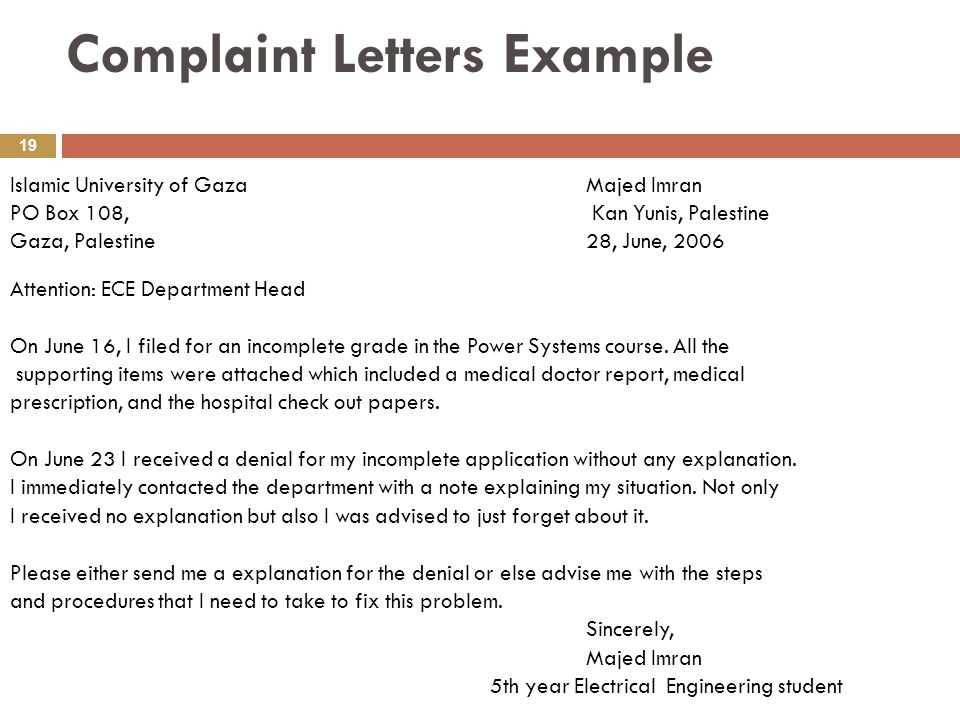
Directly acknowledge the individual being recognized. Include their full name, position (if relevant), and any other details that make the recognition personal and specific. This makes the letter feel more sincere and less generic.
2. Specific Achievement
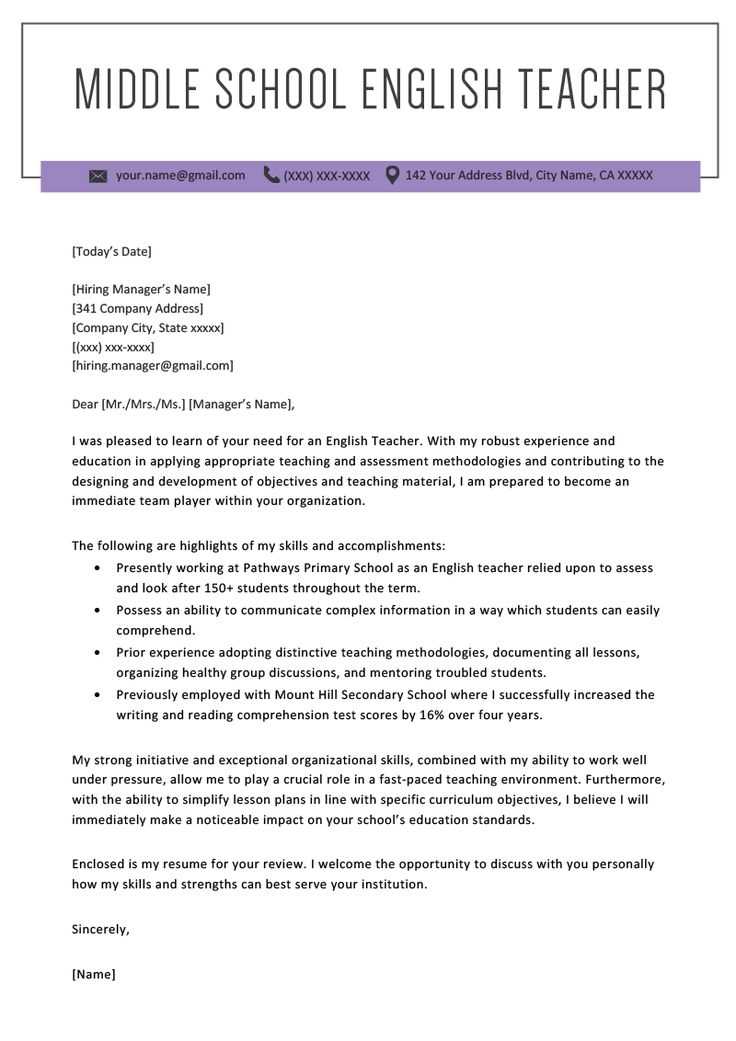
Clearly state what the individual accomplished. Avoid vague statements; use exact descriptions of the achievement, such as a completed project, milestone, or specific contribution. Include quantifiable results if possible, like percentage increases or sales figures.
3. Reason for Recognition
Provide context for the achievement. Describe why the achievement matters and how it stands out. Highlight the skills, dedication, or effort that led to the success.
4. Acknowledgment of Efforts
Express genuine appreciation for the hard work and commitment involved in reaching the achievement. Be specific about what was impressive about their approach–was it the teamwork, problem-solving skills, or leadership?
5. Future Potential
Conclude by acknowledging the person’s potential for continued success. Mention upcoming opportunities or ways the individual can further grow, showing confidence in their abilities.
6. Closing Statement
End with a brief, positive note. Reaffirm the importance of the achievement and your appreciation. A final sentence of encouragement or congratulations adds a warm touch to the closing.
First, list the recipient’s full name and the specific achievement or role they are being recognized for. This sets the tone and ensures clarity right from the start. Be concise yet clear about the contribution the individual made.
Detailed Description of the Accomplishment
Provide a short, straightforward summary of the task or project completed. Include any noteworthy milestones or goals that were met. Focus on facts and measurable outcomes, avoiding overly broad statements.
Dates and Duration
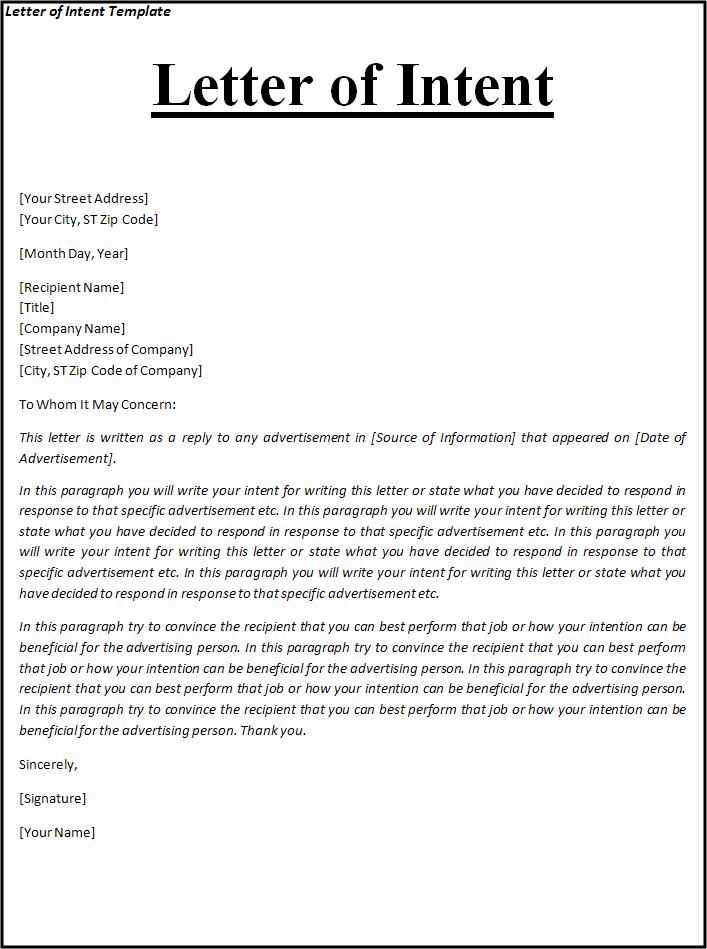
Include the time frame during which the accomplishment took place. This helps contextualize the achievement and shows the duration of effort put into the work. Be specific with start and end dates, if applicable.
Skills and Competencies Demonstrated
Point out any specific skills or expertise that were applied during the accomplishment. Whether technical skills or leadership abilities, clearly highlight how these competencies contributed to the success.
Next Steps or Further Opportunities
If the letter is part of an ongoing relationship or project, mention what comes next. It could be a promotion, additional responsibilities, or any recognition in future contexts.
Closing Statement
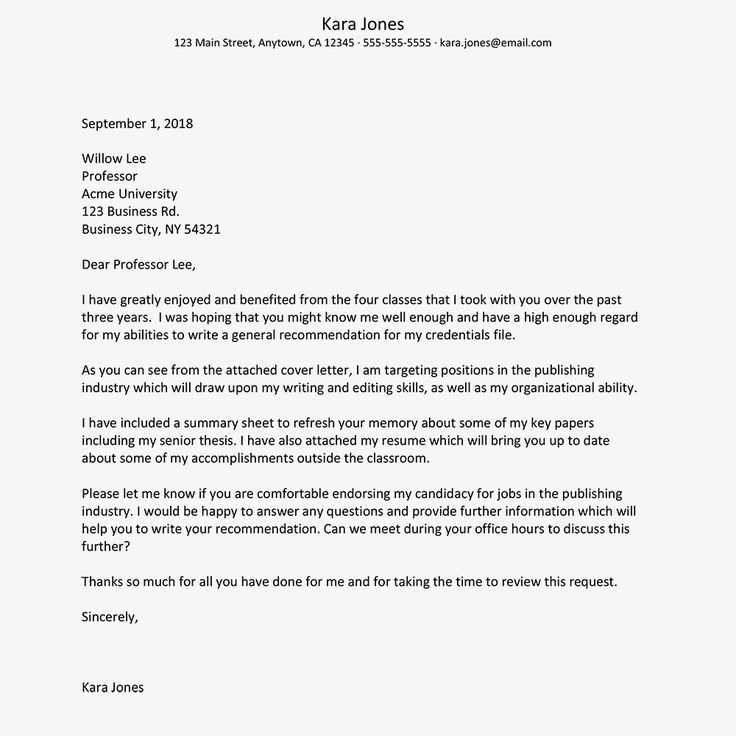
Wrap up the letter by expressing gratitude and offering best wishes for future endeavors. Keep it professional yet positive, leaving the recipient with a sense of accomplishment.
Tips for Personalizing the Letter for Various Roles
Tailor the tone and content to reflect the role in question. Highlight specific skills and accomplishments that align with the expectations for that particular position.
- For a Leadership Role: Focus on decision-making abilities, team-building experiences, and your capacity to manage complex projects. Showcase examples of how you’ve motivated teams and implemented strategic initiatives.
- For an Administrative Position: Emphasize organizational skills, attention to detail, and experience with managing schedules and communication. Illustrate how your support has contributed to efficiency and productivity.
- For a Creative Role: Mention projects that demonstrate your innovative thinking and problem-solving skills. Share how you’ve brought fresh perspectives to previous assignments and delivered original solutions.
- For a Technical Role: Highlight technical expertise and certifications, focusing on the specific tools and software you’ve used. Provide concrete examples of how you’ve solved technical challenges or improved systems.
- For Customer-Facing Roles: Showcase communication skills, problem-solving, and a track record of delivering exceptional customer service. Share specific instances where you exceeded customer expectations or resolved challenging issues.
Adjust the formality based on the industry. For more corporate settings, maintain a formal tone. For startups or creative industries, a more conversational approach works well.
Avoid being overly vague about your achievements. Clearly describe the scope of your accomplishments and include measurable results. For instance, instead of saying “helped with a project,” explain the specific tasks you completed and the outcome, such as “managed a team of 5 to complete the project 2 weeks ahead of schedule.”
Don’t overstate your role. Be honest about your level of involvement and avoid exaggeration. If you were part of a larger team, mention your specific contributions rather than claiming sole responsibility.
Steer clear of using jargon or overly technical language. The letter should be understandable to anyone reading it, regardless of their familiarity with the field. Write in a straightforward, clear manner that conveys your points directly.
Don’t forget to proofread your letter. Grammar and spelling errors can undermine the impact of your achievements. Take time to carefully review your letter for clarity, accuracy, and professionalism.
| Mistake | How to Avoid It |
|---|---|
| Being vague about accomplishments | Provide specific examples and measurable outcomes |
| Exaggerating your role | Describe your contributions accurately |
| Using technical jargon | Write in clear, simple language |
| Skipping proofreading | Always review for grammar and clarity |
Focus on presenting tangible examples that directly relate to the skills and achievements you want to highlight. Use metrics and specific outcomes to demonstrate success. For example, instead of just stating “improved sales,” mention “boosted sales by 30% within 6 months.” This provides a clearer picture of your capabilities.
1. Use Action Verbs and Results
Incorporate dynamic action verbs such as “led,” “implemented,” and “increased” to describe your contributions. Pair these with quantifiable results to strengthen the impact. Avoid vague terms like “helped” or “assisted.” The focus should be on how you took initiative and what was accomplished as a result.
2. Tailor to the Role
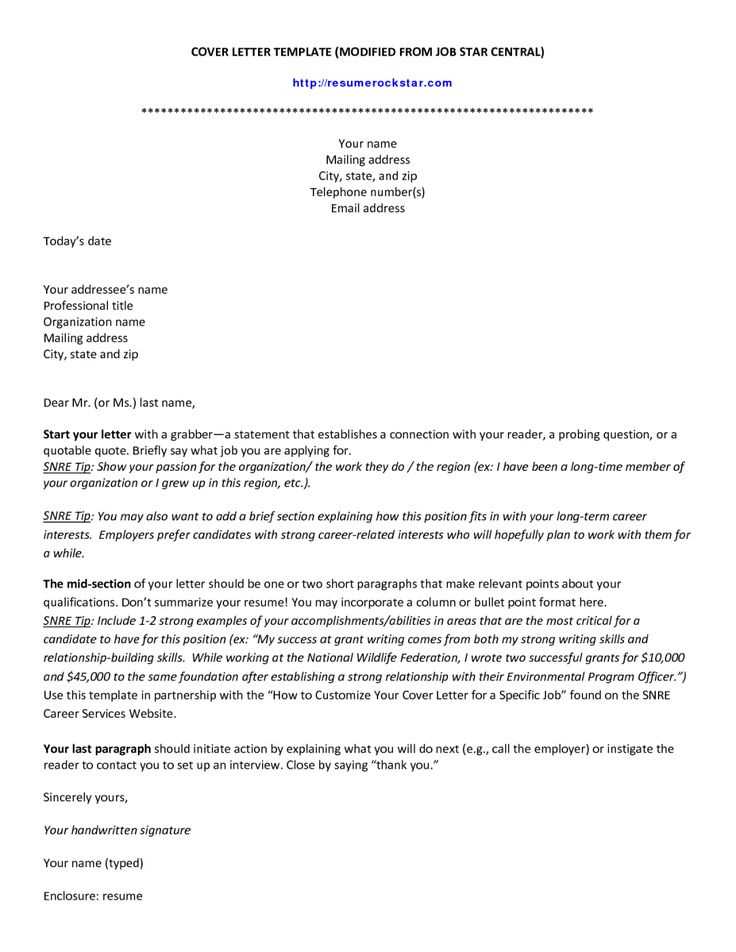
Customize the skills and achievements you highlight according to the position or purpose of the letter. Research the required competencies and align your experience with them. If you’re applying for a leadership position, emphasize your ability to manage teams or lead projects with measurable success.
| Skill | Achievement | Outcome |
|---|---|---|
| Project Management | Coordinated cross-functional team | Completed project 2 weeks ahead of schedule |
| Sales | Developed new client outreach strategy | Increased client acquisition by 25% |
| Data Analysis | Analyzed performance metrics | Identified 15% cost-saving opportunities |
This format showcases your accomplishments in a clear, results-driven manner, making it easy for the reader to see your impact.
Maintain clarity and conciseness by using professional language and proper structure. Ensure that the text flows logically, starting with a formal greeting and ending with a clear closing. Each paragraph should contain relevant information that supports the purpose of the letter.
1. Choose a Clear and Organized Layout
Stick to a clean and organized layout. Use standard fonts like Arial or Times New Roman, sized 10-12 points. Set your margins to 1 inch on all sides. Keep the letter’s format consistent, with aligned text to the left and no unnecessary spacing between sections. Avoid using excessive bold or italic styles; instead, focus on clear headings and subheadings to guide the reader.
2. Keep the Tone Professional
Avoid casual language or jargon. Maintain a polite, respectful tone throughout. Your language should remain formal but approachable, demonstrating both professionalism and courtesy. Use specific details to make your points clear, and ensure your closing statement is concise and appropriate for the situation.
By following these tips, you can ensure your letter will be taken seriously and leave a positive impression on the recipient.
To create a strong and impactful letter of accomplishment, follow these structured steps:
- Begin with a clear header: Start with a straightforward heading that states the purpose of the letter. For example, “Certificate of Achievement” or “Acknowledgment of Accomplishment.” This sets the tone immediately.
- Personalize the message: Include the recipient’s name and specifics about the achievement. Tailor your language to highlight their efforts, avoiding generic statements.
- Detail the accomplishment: Explain what the individual has done to earn recognition. Include measurable achievements, such as targets met, projects completed, or specific improvements made.
- Provide context: Briefly mention the project or challenge that led to the achievement. This helps the reader understand the importance of the accomplishment.
- Acknowledge impact: Demonstrate how the accomplishment has made a difference. This could be in terms of team growth, organizational success, or personal development.
- End with congratulations: Conclude by expressing genuine praise for the recipient’s hard work. Acknowledge their dedication and perseverance, keeping the tone warm and encouraging.